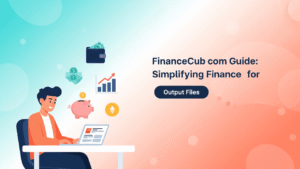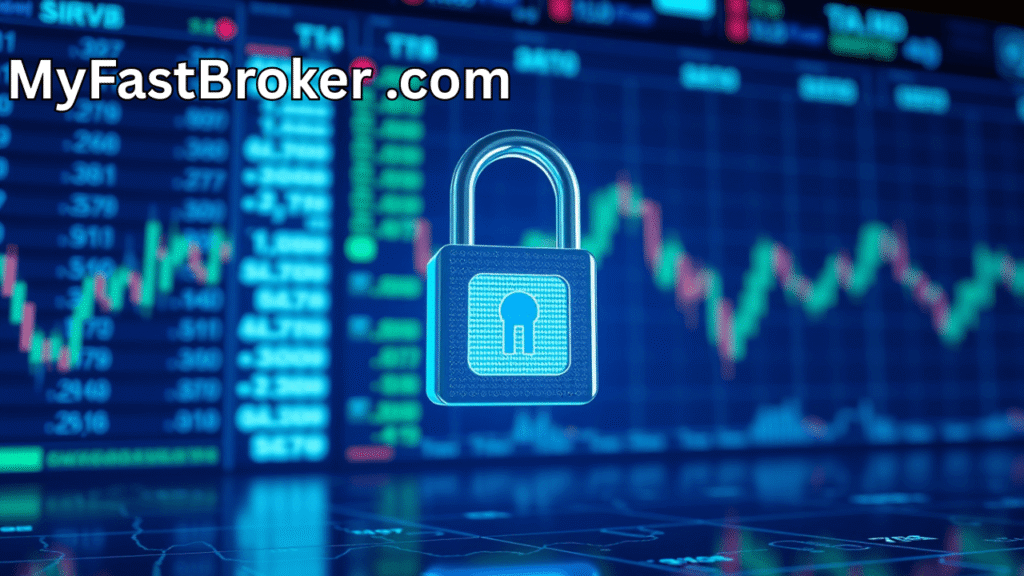Alright, let’s dive in—no fluff, no jargon overload—just straight-up, honest talk about one of Europe’s most influential financial indices: the DAX40. If you’ve ever looked at the German stock market and thought, “This seems way too complicated,” you’re not alone. But buckle up, because we’re breaking it down, Anderson Cooper-style.
Fintechzoom.com has crafted a solid guide to help you understand the DAX40, trade it smartly, and avoid the classic rookie mistakes. Whether you’re a forex enthusiast or just starting your market journey, this index—made up of Germany’s top 40 publicly traded companies—is worth your attention.
What the Heck is the DAX40 Anyway?
Let’s start simple. The DAX40 is Germany’s crown jewel of stock indices. It tracks the 40 biggest and most liquid companies on the Frankfurt Stock Exchange. We’re talking industrial legends like BMW, Siemens, SAP, and some seriously innovative tech players.
A Quick History Snapshot
Born in 1988 with just 30 companies, the DAX expanded to 40 heavy-hitters in 2021. This wasn’t just a numbers game—it was about evolving with the German economy and giving investors more diversification.
Also Read
How Companies Get In
Here’s the deal: a company needs to have at least 10% of its shares available to the public (aka “free float”), must operate out of Germany, and has to list on the Regulated Market in Frankfurt. Oh, and financial reports? On time, every time.
When to Trade? Know the Hours, Win the Game

The DAX40 follows Central European Time (CET), and timing is everything:
- Pre-Market: 8:00 AM – 9:00 AM CET
- Main Session: 9:00 AM – 5:30 PM CET
- After-Hours: 5:30 PM – 8:00 PM CET
Pro tip: The main action happens during the regular session. That’s when the liquidity flows, spreads tighten, and volatility offers real opportunity.
How to Get Started with DAX40 Trading
So you’re fired up—now what? Let’s talk about what you actually need to jump in.
Step 1: Get a Solid Trading Account
Don’t just pick a broker because they have a flashy website. You want:
- Regulation (this is your money, after all)
- Great customer service (not just a bot)
- Solid education tools (because you’re always learning)
- Low fees
- Smooth deposits and withdrawals
Names like AvaTrade and FBS offer newbie-friendly tools. Do your homework.
Step 2: Choose the Right Platform
Look, if your trading platform sucks, your trades will too. Platforms like MetaTrader 4 and 5 are crowd favorites for a reason—they’re fast, customizable, and powerful. IG, for instance, has its own unique tools built specifically for DAX.
Step 3: Start with the Right Capital
You can technically start trading with just $5 at brokers like XM. But should you? Not really. Think bigger. Futures traders usually start with at least $5,000. Why? Because leverage can kill if you’re underfunded.
Here’s the truth: the more capital you’ve got, the better your risk management options.
What Are You Even Trading?
Good question. There’s more than one way to trade the DAX40.
Pick Your Poison:
- Futures Contracts (FDAX & FDXM): High-stakes, high-reward.
- CFDs (Contracts for Difference): Great for flexibility.
- ETFs: Lower risk, no leverage.
- Options: For the pros who love strategy and complexity.
The Magic Words: Leverage & Margin
Leverage sounds exciting. “Double your money!” they say. But here’s the thing—they don’t talk about how fast you can lose it all too.
Brokers like Interactive Brokers require around 10% margin. Futures get marked to market daily, so your balance changes constantly. That’s why managing leverage is survival, not strategy.
Your Toolkit: Technical Analysis 101
Let’s decode the geeky stuff into something usable.
- Support & Resistance: Think of these like speed bumps for price action.
- Moving Averages: Smooth out the noise, see the trend.
- RSI (Relative Strength Index): Measures momentum—overbought or oversold?
- Stochastic Oscillator: Another momentum friend.
- Candlesticks: These little patterns tell big stories.
And don’t forget—the euro matters. A weak euro = DAX goes boom (usually). Stay tuned into major news and political shifts.
Don’t Blow Your Account: Risk Management Essentials
Look, everyone talks about profits, but real traders focus on risk first.
Position Sizing
Golden rule: risk only 1–3% of your capital on any single trade. No exceptions.
- Start small
- Be consistent
- Don’t “revenge trade” by doubling down on a loss
- Base your trade size on your stop loss distance
Stop Loss = Your Best Friend
Put simply: stops keep your losses manageable. Use:
- Key price levels
- Average True Range (ATR) for volatility-based stops
- Logical exits—not gut feelings
Wider stops work better when markets are wild. Just don’t set them so wide you’re risking too much.
Risk-Reward Ratio: Your North Star
This is the part most beginners ignore—and it costs them.
- Aim for at least 2:1 reward over risk
- Want to risk $100? Your target should be $200+ profit
- Track every trade, review ratios often
This isn’t optional. It’s the only way to trade long-term and win.
Crafting a Killer Trading Plan
It’s not just about placing trades. You need a blueprint.
Define Your Goals
- Daily targets (profit and time)
- Max trade length
- Minimum risk/reward
- Weekly and monthly reviews
Hit your goal for the day? Step away. Don’t let greed tempt you back in.
Create Entry & Exit Rules
This isn’t a guessing game. Entry and exit signals should be:
- Clear
- Based on technical analysis
- Aligned with market conditions
Your exit strategy matters more than your entry. Protect your wins.
Set a Trading Schedule
Keep your trading life separate from everything else. Here’s a typical routine:
- Morning: Read news, prep your charts.
- During Trading: Stay focused. No distractions.
- End of Day: Review trades, journal results, adjust if needed.
Remember: nearly half of all trades are executed by computers. Having a clear system gives you a fighting chance.
Rookie Mistakes That’ll Empty Your Account
Time for some tough love. Here are the most common ways new traders blow it.
1. Overtrading and Overleveraging
Too many trades = too many mistakes. Too much leverage = too much risk. Result? Your account’s gone before lunch.
2. Trading on Emotions
Fear. Greed. Frustration. Boredom. They’re all killers.
- Fear = you exit too early
- Greed = you risk too much
- Hope = you hold losing trades
- Boredom = you force trades
Discipline > Emotion. Every time.
3. Bad Money Management
If you trade without a stop loss or double down on losers, you’re setting yourself up for disaster. Stick to your plan. Keep your risk in check. Don’t chase losses.
Final Word: Trade Smart or Don’t Trade at All
Here’s the bottom line: DAX40 is packed with potential. But if you want to succeed, it takes more than clicking “Buy” and hoping for the best.
What Fintechzoom’s guide teaches is solid: Know your tools. Control your risk. Check your emotions at the door. Stick to the plan.
Start small, stay disciplined, and always respect the market. DAX40 is no playground—but for those who come prepared, it’s one of the most exciting trading arenas out there.
Now go on—build your plan, pick your platform, and get trading.
Find out if GomyFinance.com Invest truly helps you meet your financial goals with no fluff—just facts.





